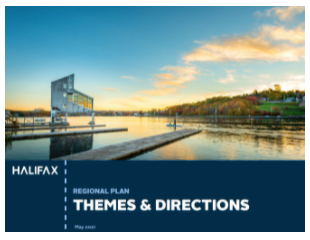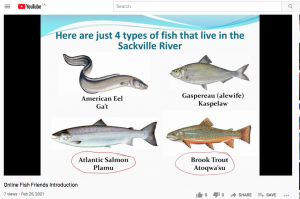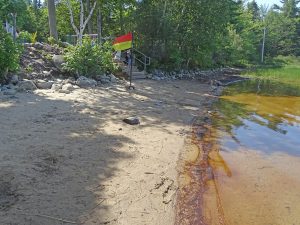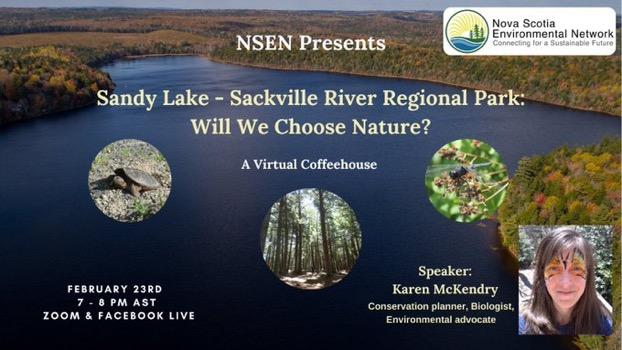This document, the Themes and Directions Report, is the first deliverable of the Regional Plan Review. The purpose of this document is to explain the scope of the Regional Plan Review to the public, stakeholders and Regional Council, and to seek feedback. This document shares ideas about key planning issues and provides details of the work that will be completed during the review. The feedback we receive will help provide focus and direction for future work during the Review.
There will be opportunities for feedback, TBA.
View document as PDF (117 pages)
View by section under Regional Plan Review Continue reading










